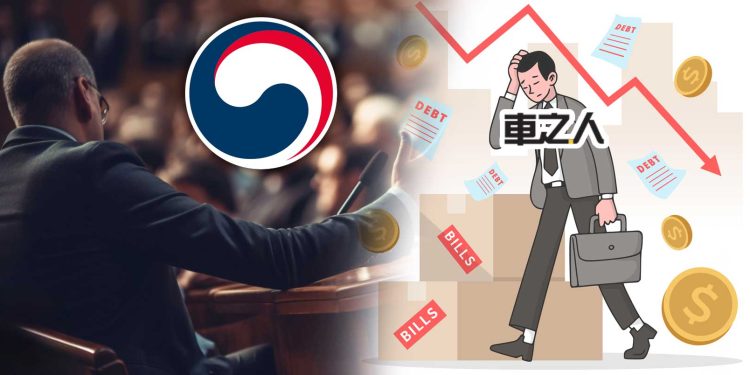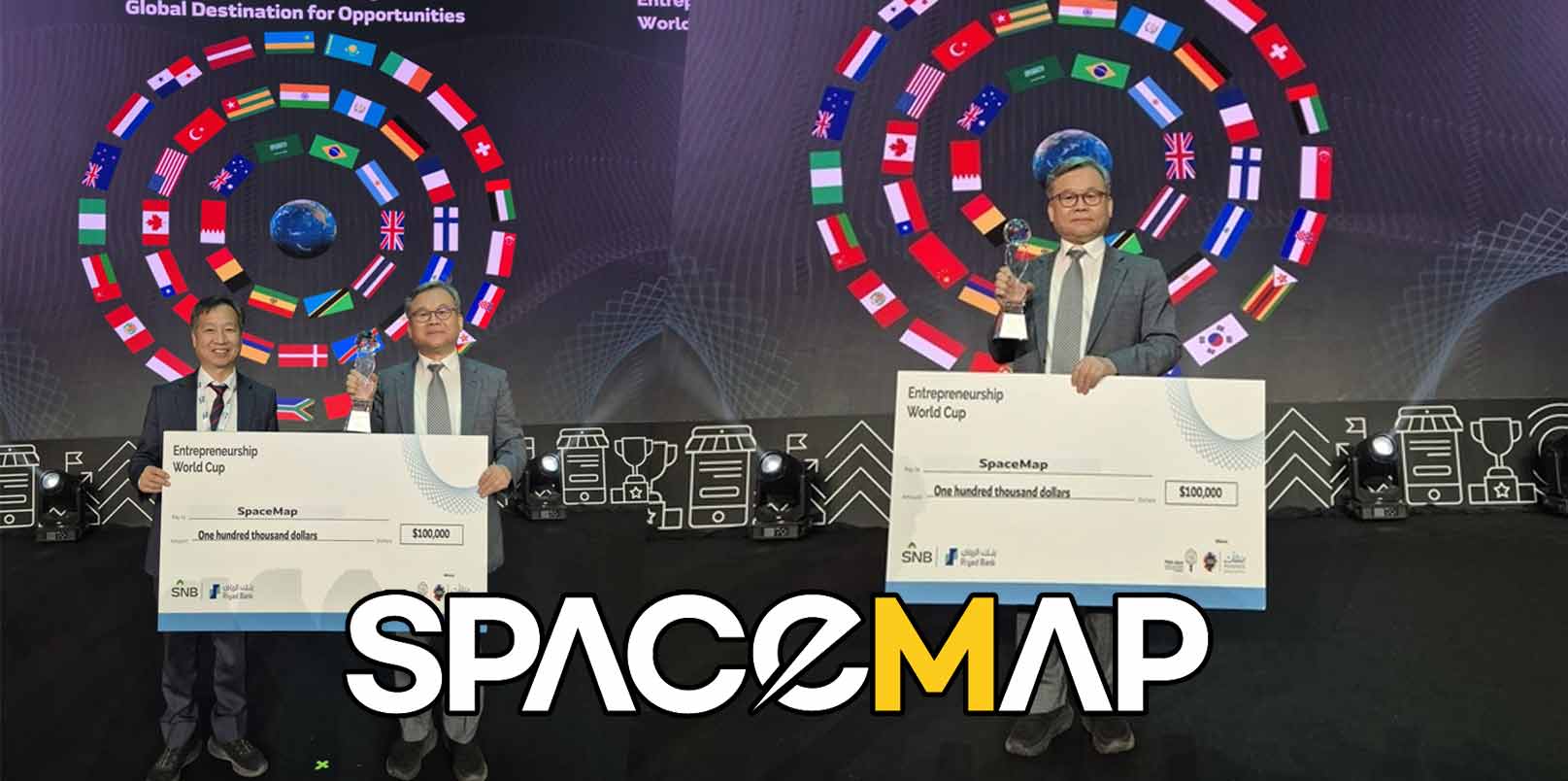Korea’s startup ecosystem is facing an uneasy question: how do innovation policies keep pace with markets that evolve faster than the rules meant to support them? The recent collapse of the nation’s first regulatory sandbox pioneer, Charzin, serves as a warning. It forces policymakers, investors, and founders alike to confront what happens after innovation outgrows its protection.
Charzin, Korea’s First Sandbox Startup, Files for Court Receivership
Charzin, one of the first companies to receive temporary approval under Korea’s Regulatory Sandbox framework, has filed for court receivership after six years in operation.
The Seoul Bankruptcy Court granted a comprehensive injunction on November 13, preventing creditors from enforcing claims while the court reviews the company’s restructuring plan.
Founded as an electric vehicle (EV) charging startup, Charzin developed “metered charging outlets”—slow chargers designed for apartment and commercial parking spaces. The model was once hailed as a milestone of policy-driven innovation, having gained the Ministry of Trade, Industry and Energy’s first-ever sandbox permit in 2019.
The company also joined multiple government-led pilot programs, including the Ministry of SMEs and Startups’ Jeju EV Regulatory Free Zone, which tested relaxed installation and operation rules for small and mid-sized charging providers.
However, as Korea’s EV market evolved, Charzin struggled to compete against large-scale operators building rapid DC charging networks across urban centers. The shift in user behavior toward faster charging, combined with slowing EV adoption growth, sharply reduced utilization of slow chargers and pushed small operators into financial distress.
A court decision on whether to officially initiate rehabilitation proceedings is expected in the coming weeks.

The Case of Charzin: When Market Momentum Outpaces Policy Success
Charzin’s case highlights a growing dilemma in Korea’s innovation policy: how to sustain early-stage innovators once regulatory barriers are lifted but market competition intensifies.
The Regulatory Sandbox, launched in 2019, was designed to help startups test new business models that fall outside existing laws, providing time-limited exemptions. While the system accelerated initial experimentation, few mechanisms exist to help companies transition from pilot phase to scale-up stage once the exemptions expire.
Industry analysts note that Charzin’s business model succeeded in proving technical and regulatory feasibility but lacked the capital depth and infrastructure access enjoyed by major conglomerates entering the same market. The company’s collapse, therefore, signals not just a business failure but a structural gap between policy innovation and market survival.
Voices from the Startup Community: “Policy Alone Cannot Guarantee Growth”
In recent months, the startup community has raised broader concerns about stagnating support mechanisms and growing regulatory uncertainty.
The Korea Venture Business Association (KOVA) and Korea Venture Capital Association (KVCA) issued a joint statement on November 18, warning that proposed cuts to the national Fund of Funds would “erase the golden window for nurturing venture companies.”
Meanwhile, the Korea Startup Forum (KOSPO) continues to caution against overlapping or contradictory regulations.
At a September roundtable with National Assembly members, CEOs of several member startups argued that new measures—such as expanded foreign investment verification procedures—risk deterring international capital inflow.
A startup executive summarized the sentiment:
“Each new administration shows a temporary burst of interest in startups but rarely follows through with policies that build self-sufficiency for early-stage innovators.
If outdated regulations aren’t permanently lifted within the four-year limit of the sandbox system, the next generation of startups may lose their stage to compete altogether.”
The Downfall of Charzin: Lessons for Korea’s Startup Ecosystem and Global Investors
Charzin’s downfall may not be a direct result of government policy, but it underscores a critical blind spot in Korea’s startup ecosystem: the absence of continuity between policy-driven pilots and long-term market viability.
This case reflects the importance of bridging experimental policy design with scalable business conditions. As sectors such as mobility, AI, and green energy continue to mature, sustaining early innovators will require new policy frameworks that extend beyond deregulation—covering access to capital, public–private infrastructure cooperation, and resilience planning for small-scale operators.
That is why analysts warn that unless Korea’s innovation system evolves to match market velocity, pioneers like Charzin will continue to emerge and fade, leaving structural inefficiencies unaddressed.
Building a Policy Framework for Post-Sandbox Survival
While the general public may view Charzin’s insolvency as s single company’s failure, the story is really a reflection of how fast Korea’s markets are transforming compared to the pace of policy adaptation.
As the government debates reforms to its venture funding and regulatory systems, the priority must shift from policy launches to policy lifecycles: ensuring that startups nurtured in innovation programs can compete sustainably once they re-enter open markets.
Korea’s early innovation pioneers have proven their creativity. The challenge now is creating an ecosystem that protects that innovation beyond its experimental phase, ensuring that success stories do not end where they began.
– Stay Ahead in Korea’s Startup Scene –
Get real-time insights, funding updates, and policy shifts shaping Korea’s innovation ecosystem.
➡️ Follow KoreaTechDesk on LinkedIn, X (Twitter), Threads, Bluesky, Telegram, Facebook, and WhatsApp Channel.






